I don’t believe that games “age,” as new things come along to replace them. It’s a silly thing to suggest of an artwork. Is the Mona Lisa no longer relevant because people have Wacom tablets? Of course not. Is Shakespeare “dated” because Disney’s Marvel films are made on a bigger budget? Some would probably argue against Shakespeare now, but no, of course not.
And so is the case with video games. Square Enix insists on doing remakes and remasters of Final Fantasy 1, but were it to simply release that game in its original form on modern consoles, I would defend its ongoing value. The team at Digital Eclipse are currently doing a masterful job of remaking the original Wizardry, though, again, a pixel-for-pixel re-release of the original would have still had artistic merit if they had decided to simply preserve it within a retro compilation or similar.
However, while I don’t think games “age”, I do think that some developers do themselves a disservice by republishing a game that wasn’t very good in the first place on a more recent platform. Where the original found a fan base for one reason or another – usually because it did something technically impressive – all the re-release does is expose us to the game’s weaknesses, separated from the context that originally impressed people. All that does is trample the legacy and good memories that those fans have of the experience, if they’re unwise enough to pick the game up again. That is the case with Dementium: The Ward. A game that Atooi should never have brought to the Switch.
Dementium was notable for being a full-scale 3D survival horror game on the Nintendo DS – a console that represented the first time mainstream handheld gaming had enough power to “do” 3D. At the time, Dementium did impress critics for its technical achievements. “it might not give you a scare in the same way that a console game will, but it’ll at least give you an experience you haven’t seen yet on the handheld,” Craig Harris’ review on IGN noted (emphasis mine). “You really don’t expect this from Nintendo’s cuddly handheld, and you certainly don’t expect such technical feats, either,” noted Kristan Reed from Eurogamer.
However, almost all the praise levelled at the game was devoted to the technical wizardry that allowed it to happen in the first place. When it came time to actually analyse the artistic merits of Dementium, a lot of that enthusiasm lost steam, even within the reviews that were positive on it. The game’s narrative was so thin that it was more akin to House of the Dead than Silent Hill. Tonally, it was little more than a theme park ride of (attempted) quick scares and horrific scenes, because it had very little substance and was certainly not trying to say anything. You play as a guy who wakes up in a hell-ified mental asylum and needs to fight his way out, getting his memories back along the way and figuring out why he was in there in the first place. That’s something so utterly cliched that it was laughable then and hasn’t become any less amusing in the years since.
Meanwhile the gameplay was let down by a thousand little things. Enemies would respawn the moment you left a room and re-entered, making backtracking an exhausting grind and an unfair drain on your limited combat resources. Additionally, enemies had no AI beyond “charge at the player” which made them intensely uninteresting to encounter (especially in boss battles). On top of all of this, the game requires that you use a torch, as it’s too dark to see otherwise, but you can’t hold the torch and a weapon at the same time. You assume the decision to do this was to raise tension by forcing you to put the torch away and lose sight of enemies in order to fight them. In practice, it’s a monumentally stupid game design decision since it forces you to constantly fiddle with the inventory screen.
Then there are the worm-like enemies that attack in swarms and are too difficult to aim at, or the “Medusa heads” that deal way too much damage given that they’re fast enough that they’ll likely hit you once before you can respond to them. Add in a lack of inspiration in the puzzles and you’ve got a game that was clearly made by people who loved working with the DS’ hardware, but had very little creative skill across them.
By the time the remaster came for the 3DS (which we did review), the developers solved some of the issues (such as the respawning enemies), but not all of them, and those gameplay limitations, coupled with the utter lack of artistic credibility, became the dominant thing that people noticed. The technical feat that so impressed people originally was no longer impressive… because, after all, the 3DS had full-scale Resident Evil titles that were, in addition to being properly creative works were superior in every way in terms of technical construction, too. On the 3DS, the game’s ability to “hold up” came down to its artistic qualities, and the knives came out for it in a big way. “If anything Dementium Remastered is like a combination of all the bad parts of the Silent Hill games with repetitive enemies, copy pasted environments, and dull combat, only way worse. They could have called this Dementium: Spooky Hallways or Dementia: Have I Been Here Before? and they wouldn’t have been wrong,” Jed Whitaker wrote in his scathing review of the game on that console.
Today, things fare even worse for Dementium for the Switch. It is the “better” version, in that it’s the Remaster with its improved gameplay elements, but now it’s not even slightly impressive on a console that plays host to horror classics like Alien: Isolation and Resident Evil 4. On the bigger Switch screen (let alone playing the thing in docked mode on a big TV), it becomes painfully evident just how simple and limited the environments, textures and enemies are. Additionally, the game was originally built for touchscreen control, and while the analogue stick aiming works, it’s clunky and slow, and makes targeting small or fast enemies (the worms or medusae heads, respectively) even more frustrating than previously.
The grand sum of all of that is that Dementium has no atmosphere. Because it’s so primitive visually and mechanically it’s not scary or intense, and while that’s true of a lot of older horror games, the actual classics of the genre, like Silent Hill 1 and 2, Parasite Eve, or Resident Evil 1 and 2, had other elements going for them, like intelligent storytelling that could still creep you out for their implications or revelations, or B-grade charm. Those games remain enjoyable to play to this day in a way that Dementium isn’t, and its entirely because Dementium is little more than a technical showcase, while all those horror classics are artworks.
Perhaps this final anecdote is the best way of summarising the issues with Dementium: The developers initially pitched Dementium to Konami as a portable Silent Hill for the DS. Konami – a publisher that was at the time in the full swing of trashing the legacy of Silent Hill with stuff like Silent Hill: Downpour – knew better than to attach the license to this game. For all the mild success Dementium had on the DS Konami saw what is so utterly clear now we can look beyond the technical achievement: There is nothing meaningful in this game at all.
Dementium is not even slightly entertaining and all the developer has achieved with this re-re-release is broadcast that their original game wasn’t ever anything more than a gimmicky novelty. What an incredible own goal when Dementium did actually have something of a legacy from people nostalgic for the DS.
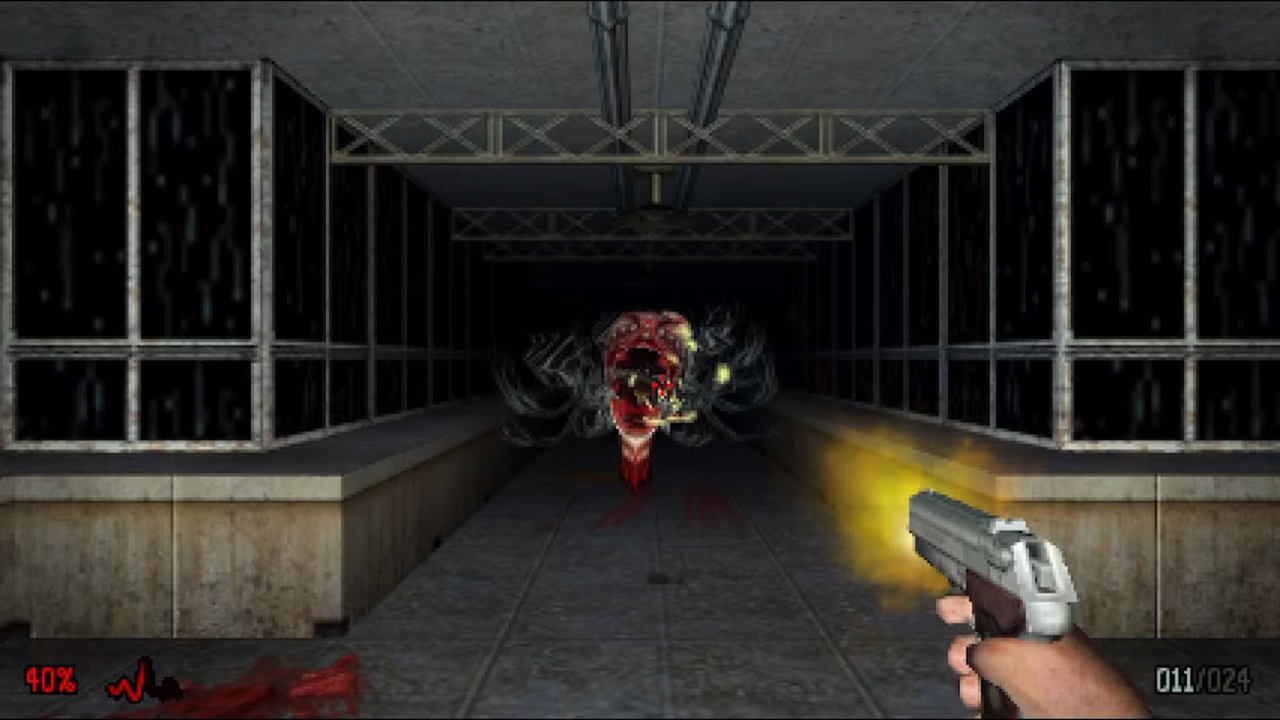

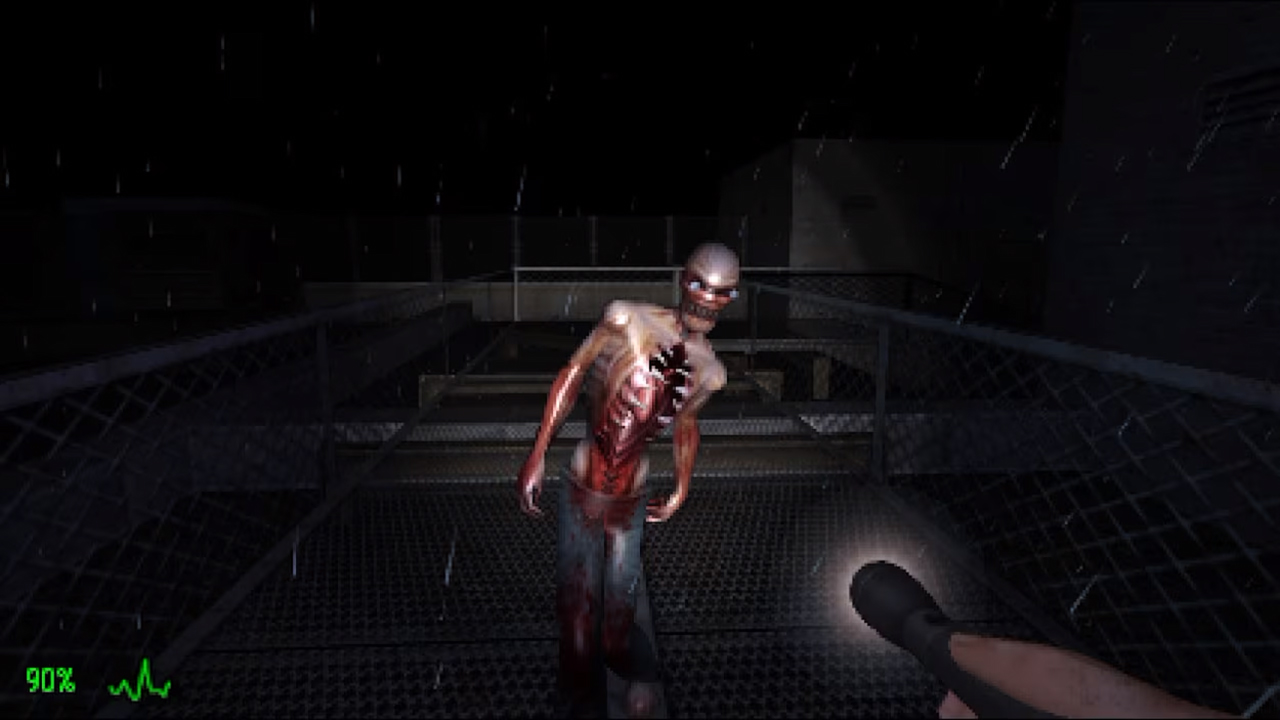
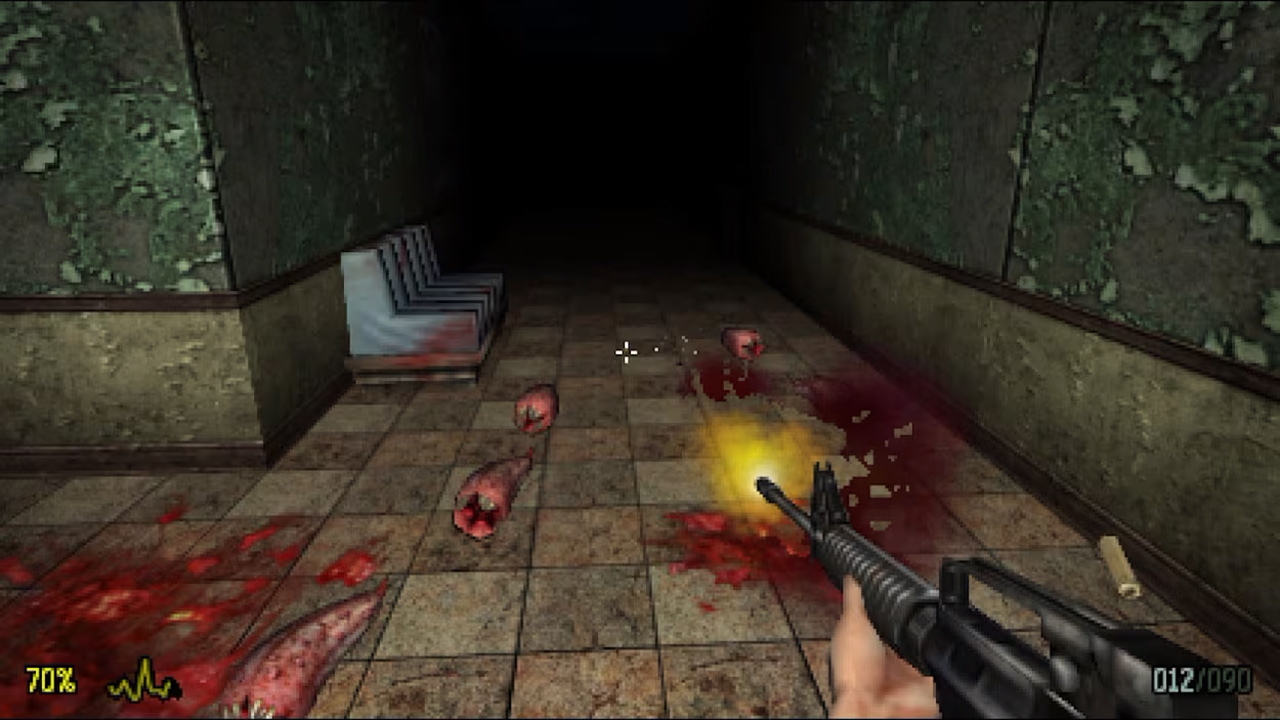
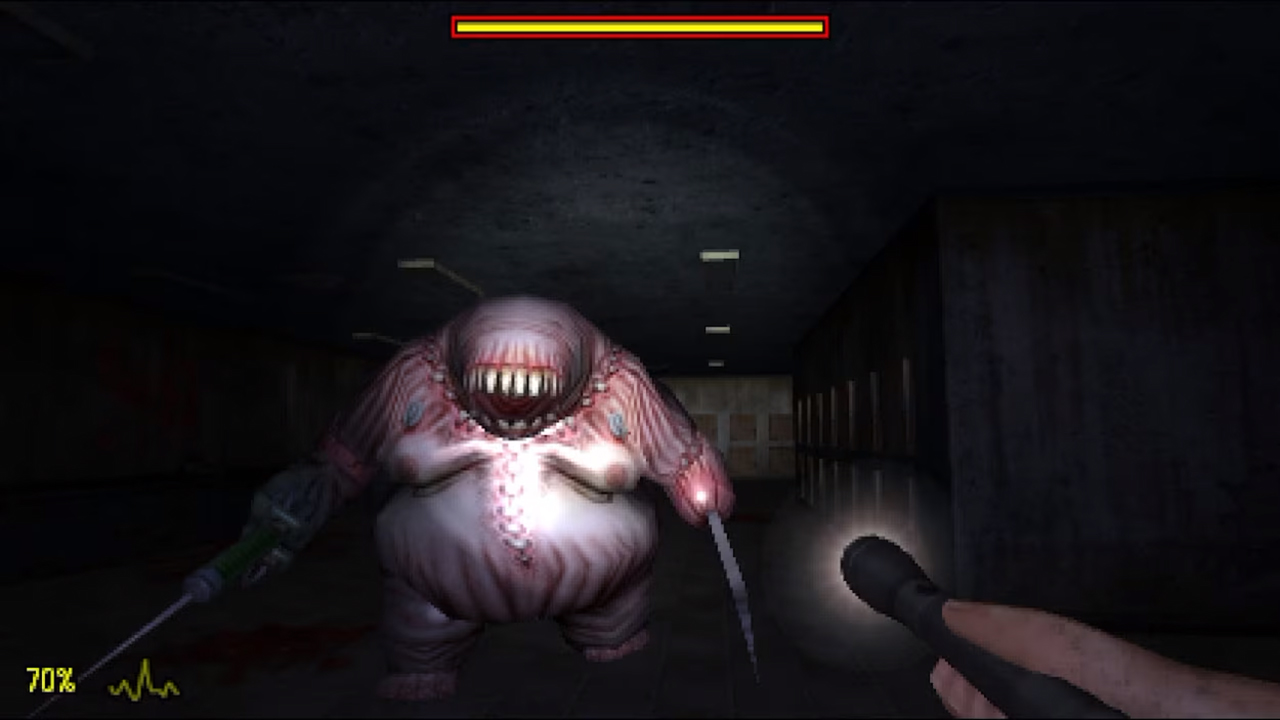

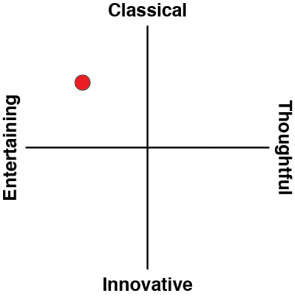
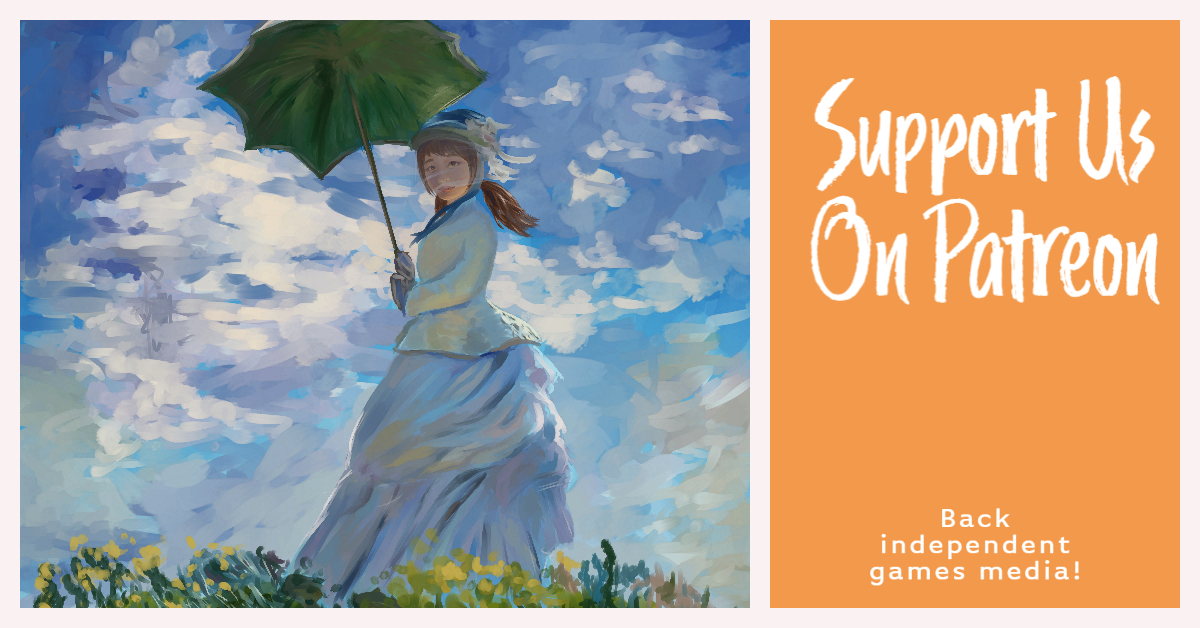



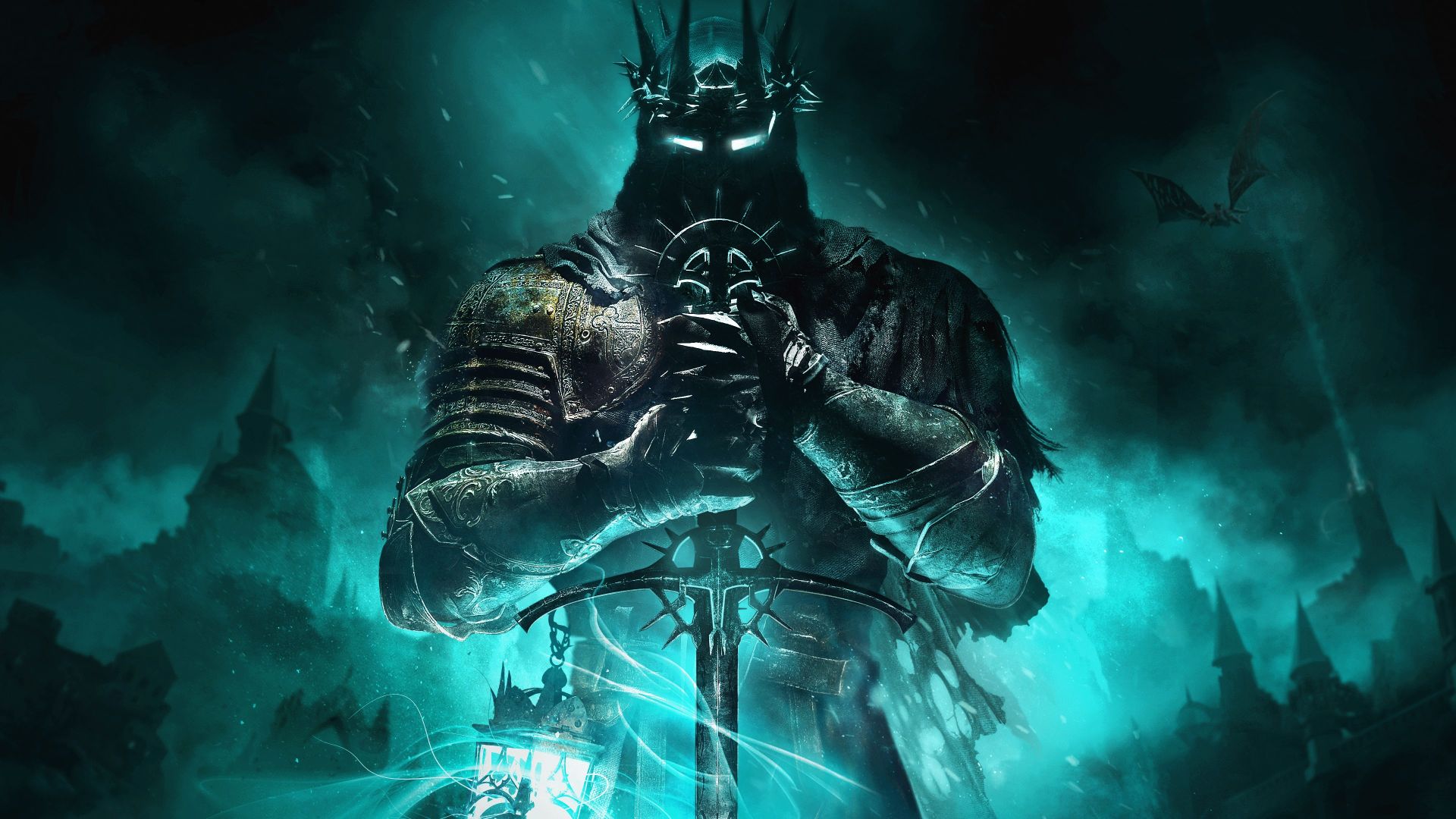
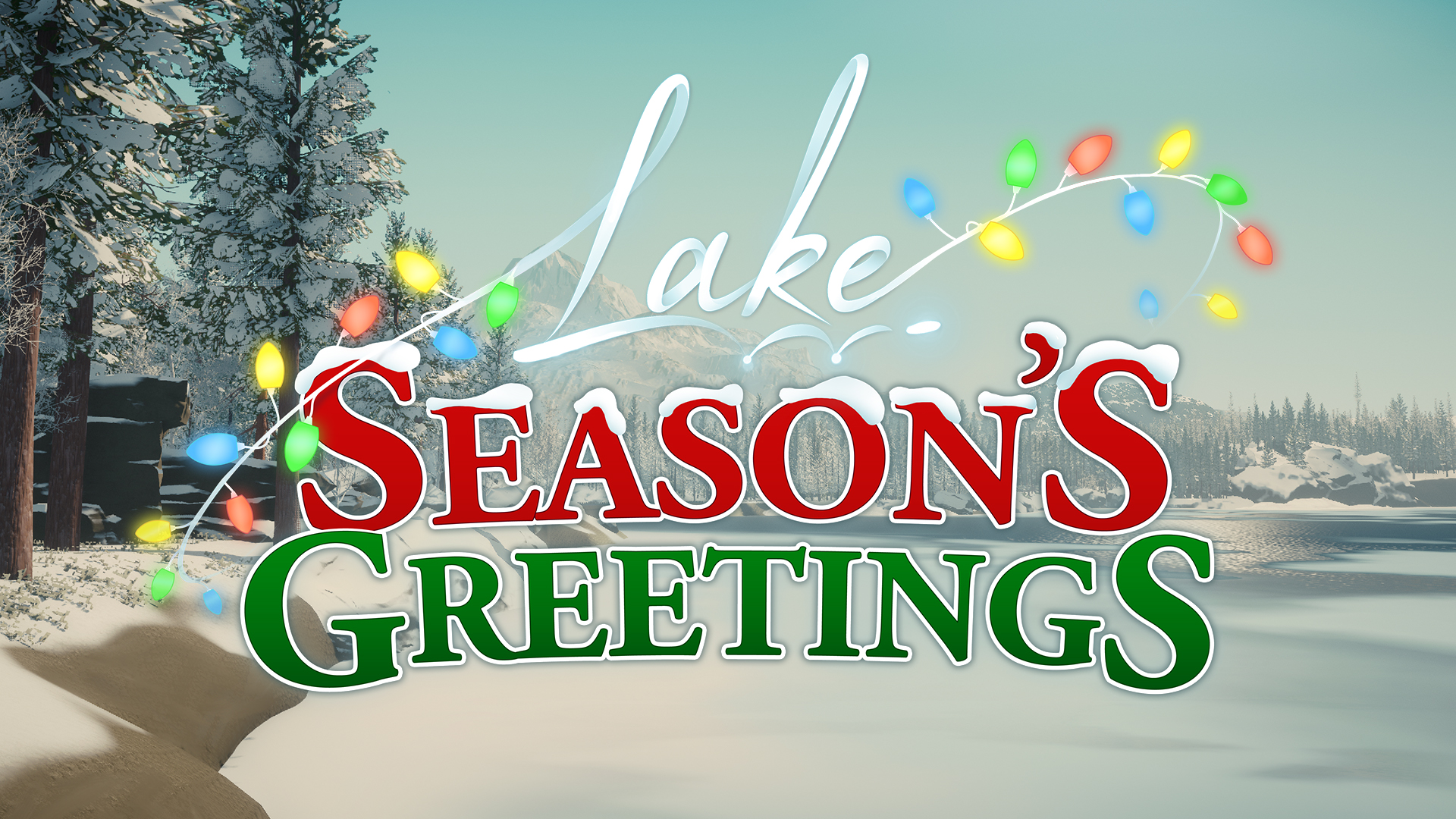


A little on the harsh side of things.
It was a marvel on the original DS and it had a welcomed visually improved re-master on 3DS as well as some QOL improvements in the form of dual-analog controls as well as the non-respawning enemies. Overall it’s a nice little spooky game that I think is more of a “testing the waters” from Atooi than anything else. It’s essentially an upscaled version of of the 3DS with UI changes.
Atooi recently re-aquired the rights to the Dementium I.P. and I for one hope that there was enough here for enough to buy to further the I.P.
I for one hope that a re-master of Dementium II happens that WILL take advantage of the specs of what will likely be for the Switch “2”.
“It was a marvel on the original DS” – That’s kinda what my review was talking about, though. It was a marvel on the DS, but with nothing behind the technically impressive stuff (IMO etc etc), subsequent versions of the game have simply made its weaknesses (terrible plot, poor game design) more and more clear.
I never did play Dementium 2. I’d give it a spin out of curiosity for sure.
I don’t really understand the angle this review is coming at. Not everything needs to be “art” and if you go into a game expecting that I don’t think you will like many games. Also, calling the games not scary because they’re “visually primitive” is certainly a take when you look at the explosion of ps1-style indie horror games. Clearly something resonated with the older style that modern horror isn’t addressing properly.